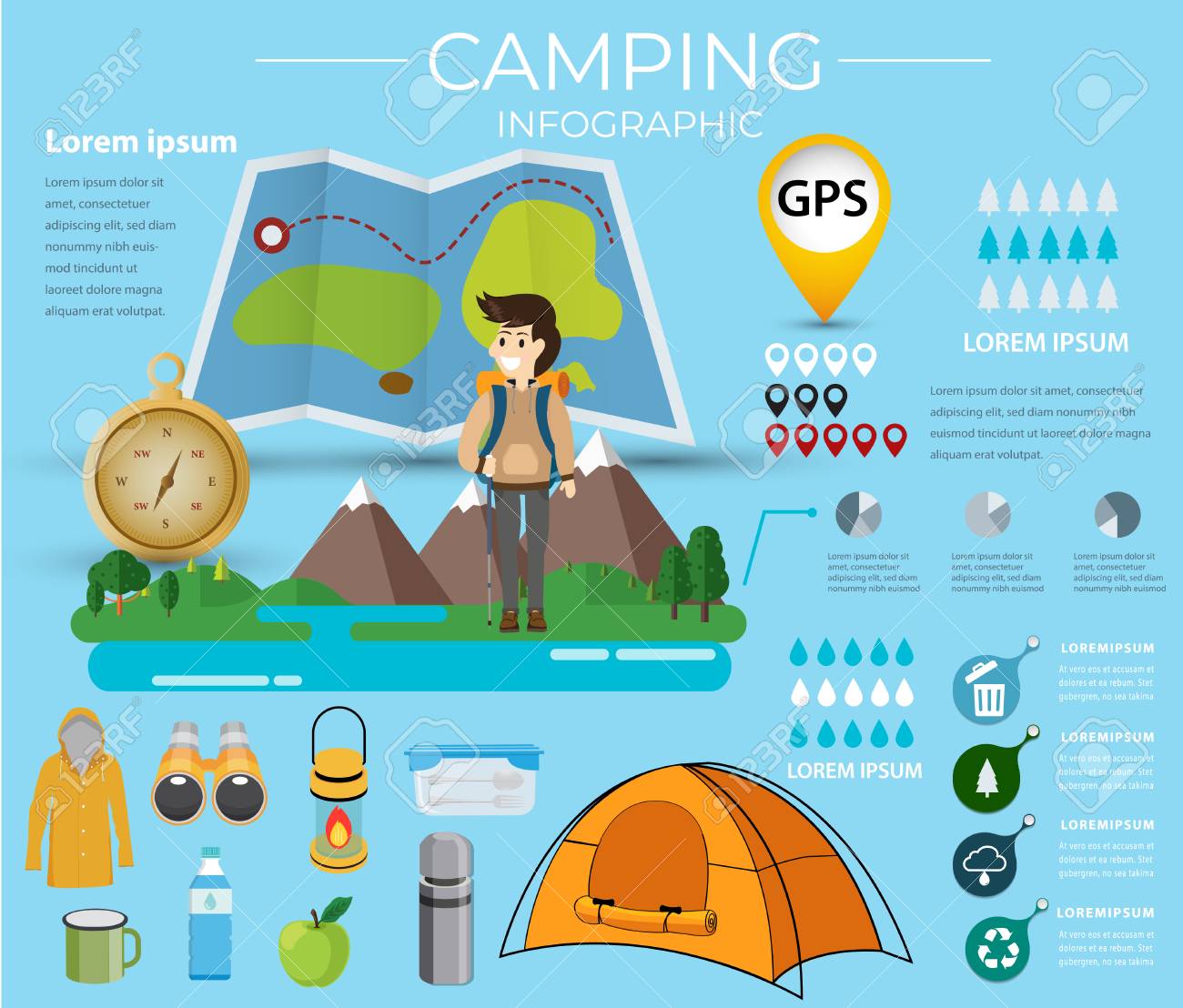An impact is pricey and adds extra weight to your knapsack. It additionally isn't specifically durable.
What is the life expectancy of a tent?
Ultimately, whether or not an outdoor tents impact is essential depends upon where and exactly how frequently you're camping. Generally, it's a good idea to make use of one if you camp on rough surfaces or in wet conditions.
Outdoors Tents with Reduced Deniers and Water-proof Rankings
Outdoors tents with reduced deniers and water-proof rankings have a tendency to be lighter, however they can likewise be more breakable. They may call for even more constant repair services and have much less indoor area than harder designs. If you're a laid-back backpacker who likes to travel fast and light, this could be great; nevertheless, more experienced hikers recognize that giving up toughness can feature large repercussions down the trail.
The denier and waterproof ranking of an outdoor tents's cover, rainfly, and flooring can help you determine its livability. Seek higher-denier textiles on the cover and rainfly, in addition to taped seams that help prevent water from permeating via stitches. Some makers even use warmth and sealer throughout building to create a stronger joint; these are called bonded seams.
The livability of a tent can additionally be established by its flooring dimensions and capability. A tent's flooring must be somewhat smaller than the footprint to prevent water from merging under the shelter.
Camping Tents in Rough Terrain
Several backpacking camping tents include a footprint made especially for their version, which aids guarantee a proper fit and shields the outdoor tents's base from moisture and sharp objects. Various other producers sell global footprints that can be cut or folded up to match a camping tent's dimensions.
The sort of terrain you'll encounter is an additional crucial consideration for picking a camping tent. For instance, if you'll be camping in a canyon or gully, seek a shelter that can handle solid winds. These conditions develop turbulence that can make the distinction in between enjoying your camping site or experiencing discomfort.
The ability and top height of an outdoor tents provide you a good concept of its livability, but added elements to consider consist of vestibules (the section of the rainfly camping covering the doors) and total storage space. As an example, during our winter months screening of the Marmot Tungsten, its generous 93-by-82-inch flooring easily took care of four perspiring backpackers and their puffier shoulder season resting bags while still leaving sufficient area for gear and individuals.
Camping Tents in Damp Conditions
Even if your outdoor tents appears dry, wetness lurks in the spaces and crannies. Over time, it can break down the fabric. That's why it's so crucial to benefit from day of rest to deep-clean your camping tent and its parts, such as zipper linings, risk loopholes and adjustable webbing bands.
Also, see to it to pitch your tent in a level area, not a divot or concave area, so that ground water doesn't accumulate between the camping tent flooring and footprint or tarpaulin. And if you're using an impact, consider a custom-cut one created for your outdoor tents's floor plan. It will not collect rain the means a generic ground cloth or tarpaulin can.
Practice setting up and removing your tent in your home prior to you hit the trail, to obtain a feel for how rapidly and successfully you can do it. Also, method surveying your tent in various surfaces to see exactly how very easy it is (or isn't) to do in bad weather conditions.
Camping Tents in High-Rise Situations
Outdoors tents range in floor dimension and livability. For example, a large camping tent with twin doors and vestibules like Marmot's Tungsten can handle four backpackers without needing acrobatics to get in and out or to keep equipment.
The minimal trail weight spec is the most effective specification to compare designs, as it consists of the bare essentials: tent body, rainfly and poles. Yet remember that the spec omits outdoor tents risks, man lines and things sacks.
The majority of backpacking outdoors tents can stand up to a light summer season tornado, yet some can be swept away by gale-force gusts. Search for a design with solid posts, a raised bathtub-style floor and joint taping to lower the chance of water seeping with. Costlier layouts also tend to feature stronger products that can stand up to the influence of debris and other forces.
Should you put a tarp over your tent?
